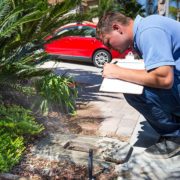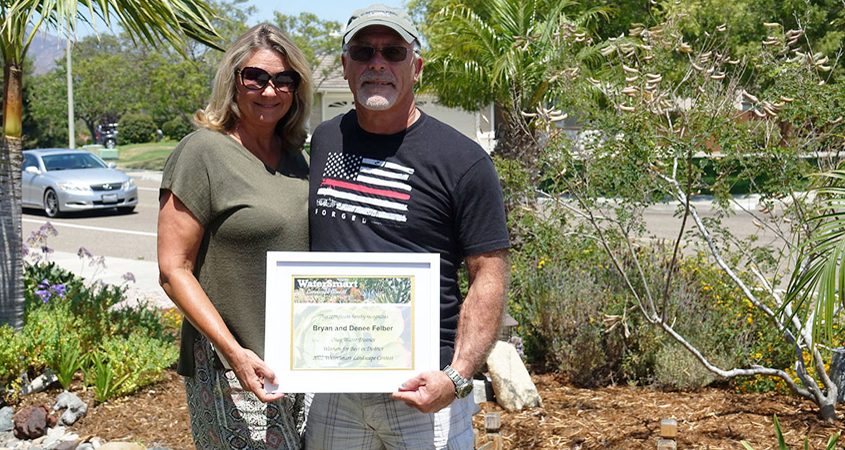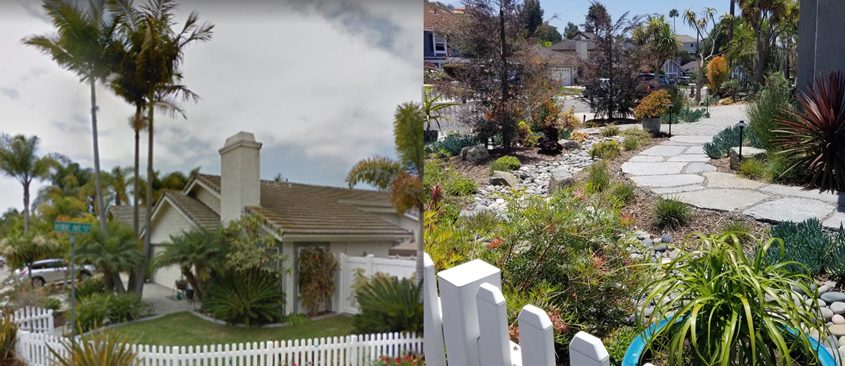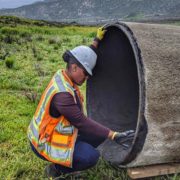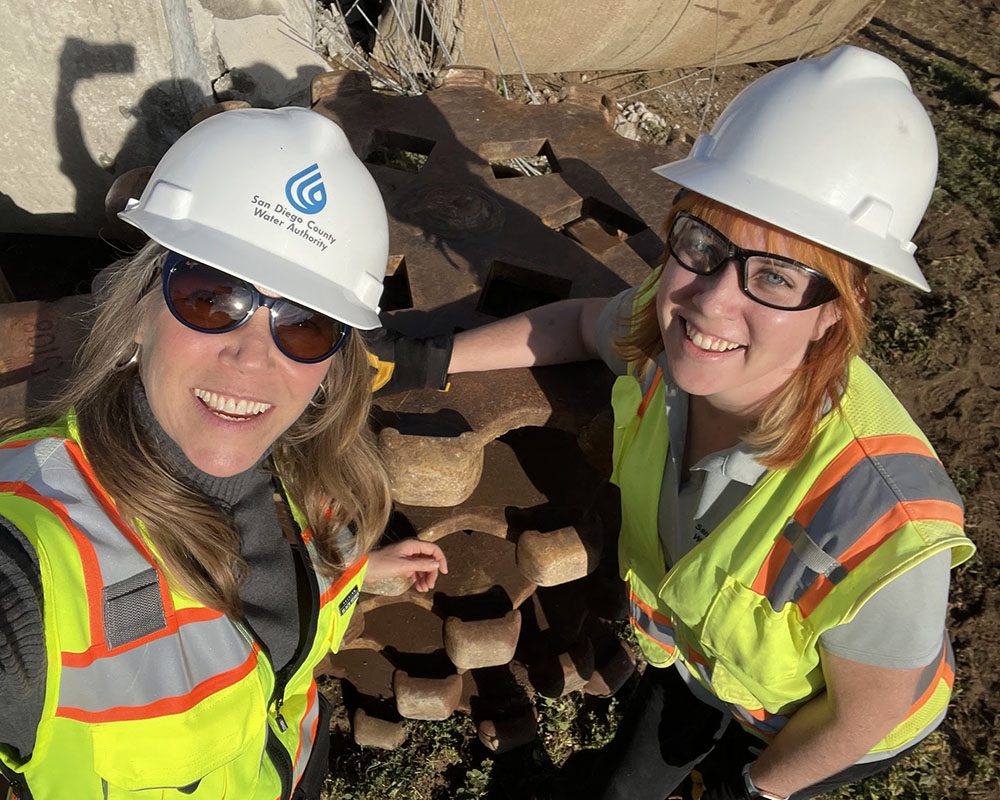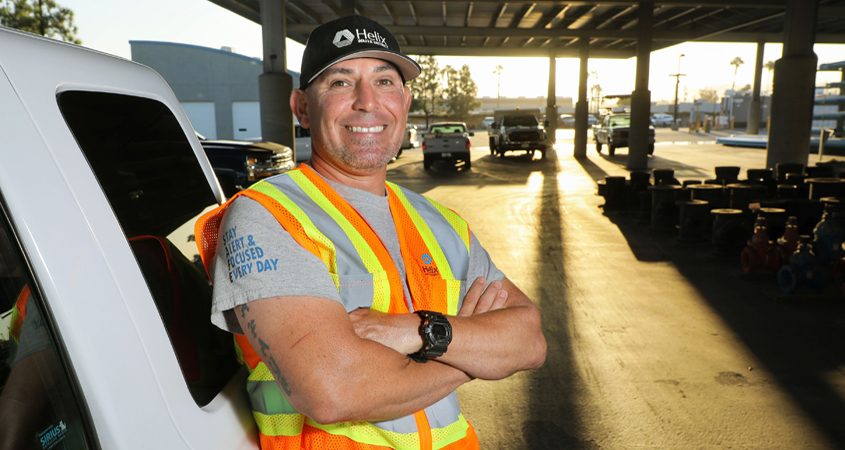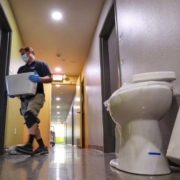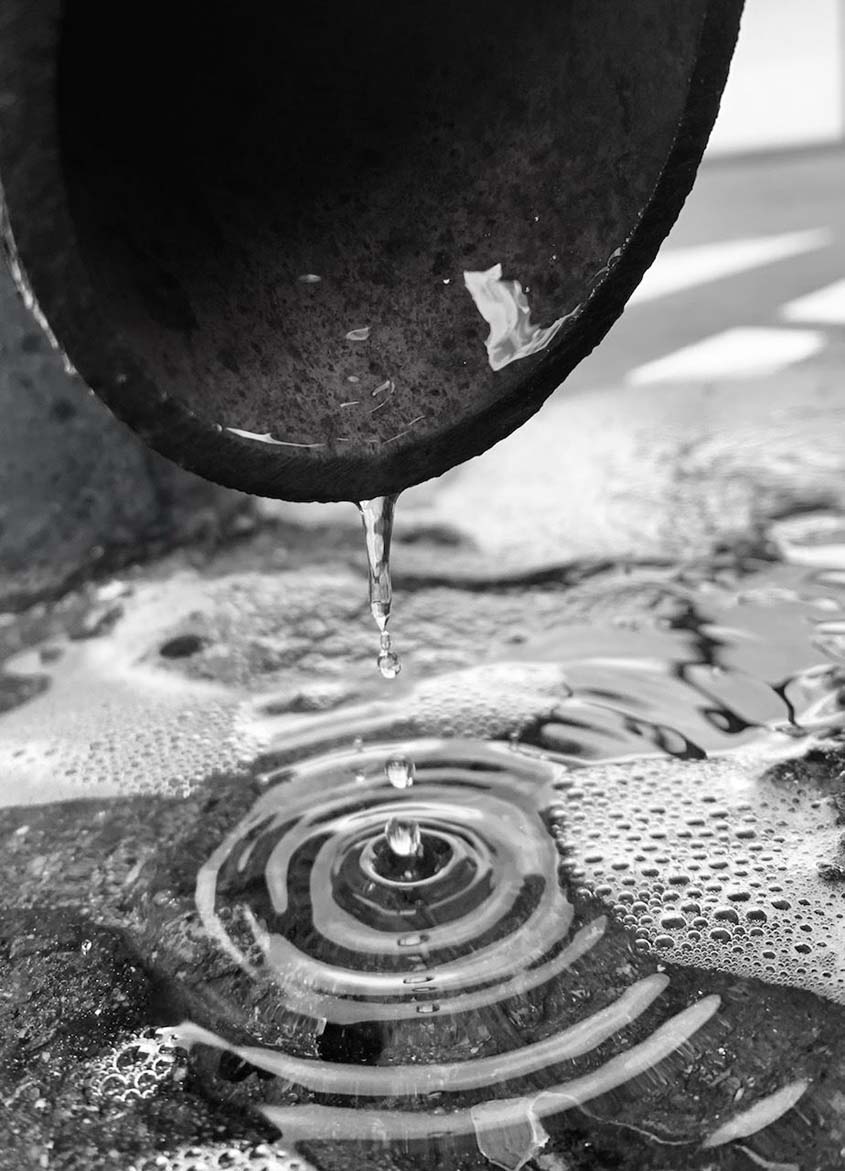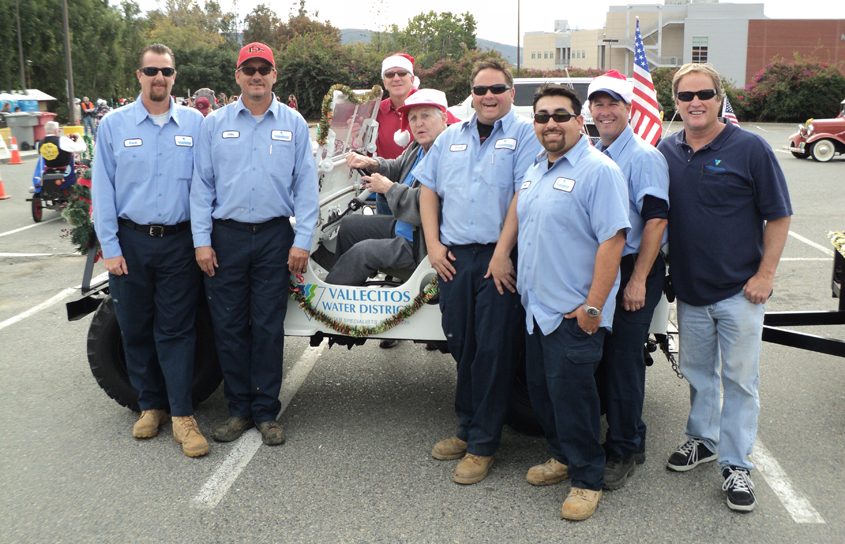Save Water and Money with Free Water Efficiency Survey
Forecasts of a hotter, drier climate for the Southwest U.S. make every effort to save water critical. A new program now available intends to do just that for residents in parts of Southern California. The San Diego County Water Authority, in collaboration with the Metropolitan Water District of Southern California, are offering free indoor and outdoor residential water efficiency use surveys.
The surveys, in-person and virtual, are available within MWD’s service area, including San Diego County.
“The survey is a free, easy, tool that can show you what small changes can be made which will lead to long-term savings,” said Joni German, a water resource specialist at the Water Authority.
She said the surveys are scheduled on a first-come, first-serve basis. After filling out an online application the next step is scheduling a visit from a certified landscape auditor.
Save water, save money
Not only do residents save our most precious resource, they also save money.
Vallecitos Water District customer Michael Berry took advantage of the program because he wanted to do more to save water. Even though Berry had previously replaced his grass with artificial turf, he said he learned how to save even more water after the survey.
“What I learned primarily is how to improve my irrigation system from spray-based systems to a drip based system,” said Berry. “That’s the primary thing I’ll fix going forward.”
Outdoor survey
An outdoor survey includes an evaluation of the water meter to check for leaks along with zone information on the homeowner’s plants. During this process the homeowner will take the surveyor around areas with irrigation, divided into sections or “zones.”
Inspections will be done on each zone to determine whether the current irrigation system in place is operating at peak efficiency. The water meter can be utilized in seeing any unusual increase of water usage without the homeowner’s knowledge which would indicate a leak in the irrigation system.
Saving water with irrigation efficiency
In Berry’s case, the surveyor performed a check up on potential irrigation problems such as valve malfunctions, pressure, sprinkler alignment, drainage leaks and anything else that might reduce efficiency or indicate overwatering. The presence of leaks or blocks in the valves and using spray water instead of drip irrigation are just a few elements the surveyor warned Barry could negatively impact his water savings.
“One of the specific things that the surveyor helped me with was the valve maintenance, making sure that every 6-12 months you have to clean the valves out to make sure they’re not getting impeded,” Berry said.
Once the survey is completed, participants receive a written report along with irrigation efficiency recommendations, and information on financial incentives to offset the cost of recommended improvements.
“It’s a good way to get a new perspective for anyone who does their own landscaping work and is curious about their water usage,” Berry said. In his case, Berry was able to make a plan to improve the water saving practices he already has in place.
“Spray system is where most of the problem I need to solve exists,” he said. “The spray system I have was spraying a lot of dirt areas which aren’t really helping the plants and tree. The second problem is the system is hard to control in terms of the amount of water that I want to put on over a period of time.”
Water efficiency inspections can also be performed on larger commercial landscapes. Schedule your free survey here: www.waterefficiencysurvey.com/.
(Editors Note: The Vallecitos Water District is one of the San Diego County Water Authority’s 24 member agencies that deliver water across the San Diego County region).

